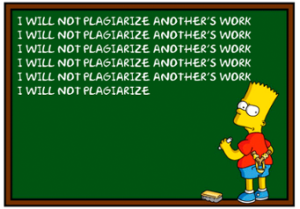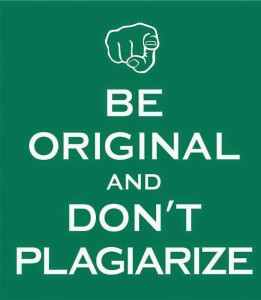How to Fight and Check Plagiarism
While it is easier than ever to find and copy information straight off the internet, it is also easier than ever for teachers to figure out that you’ve copied information off the internet. It is a double-edged sword.
In many ways, plagiarism is a disease which is constantly spreading. Even with the advent of plagiarism checkers and plagiarism checking-services, it is still rampant. In the internet, students have found their savior, their knight in shining binary-coded armor. Plagiarism is on the rise, and teachers must find new ways of fighting it.

Several suggestions and strategies for those seeking to battle this condition in their classroom:
First off, prevention. In a perfect world, you’d be able to stop plagiarism before it ever wound up on your desk. Talk to your students about plagiarism and its dangers. Don’t ignore it in hopes of never encountering it again, because that is simply not going to happen. Your students deserve to know what they face should they be caught plagiarizing somebody else’s work. Make sure to be very clear on what is acceptable and what is most definitely not acceptable in your classroom. Be upfront with everything that has to do with research, bibliography, citation, etc. Some teachers will let slide that which others would condemn. Your class, your rules. Let them be known.
Second, detection. You can use a service or online checker (as previously mentioned), but this has to do with time constraints, budget considerations, etc. If you are checking your students’ work with your own two eyes, be on the lookout for irregularities, inconsistencies, and asymmetries of content and style. If you sense something is amiss, run the suspicious chunk of text through google and see what you get.
Third, action. A student who gets his paper returned to him with a huge red X on it isn’t likely to learn a thing. He might be disappointed or bummed out (depending on the class, I suppose), but there is a good chance he will do it again. Many establishments don’t treat plagiarism in an appropriate manner. They punish light – sometimes unintentional – plagiarism very harshly, and make the student think that there is no reason not to go all out and buy a paper.

Plagiarism should be judged on a case-by-case basis, and there are many inconsistencies with regards to enforcement. What needs to exist is a consistent but somewhat flexible stand on plagiarism. Instead of the teacher thinking one thing, and the establishment another – create the side job of ‘plagiazor!’, the single authority. Judge, jury, and executioner. If you suspect plagiarism, consult with your local plagiazor and see what’s what. That way you save time and energy.
There is a certain feeling of helplessness that comes along with being a teacher. You can’t win them all. As long as you do your best to counter all of the measures taken by cheaters and dishonest students, you’re okay in my book.
Try this super plagiarism checker for reliability and consistency with your content.
No comments yet.